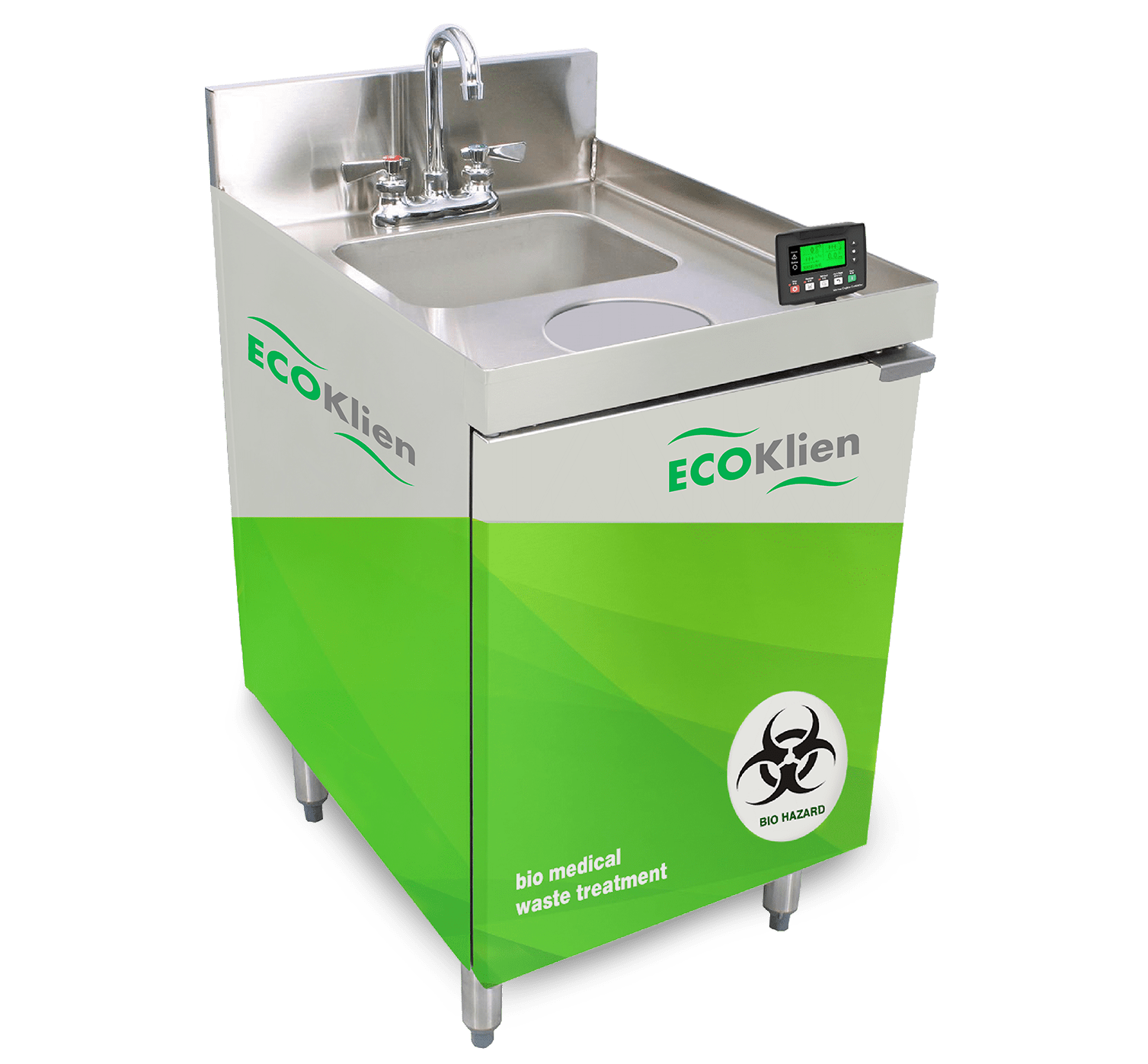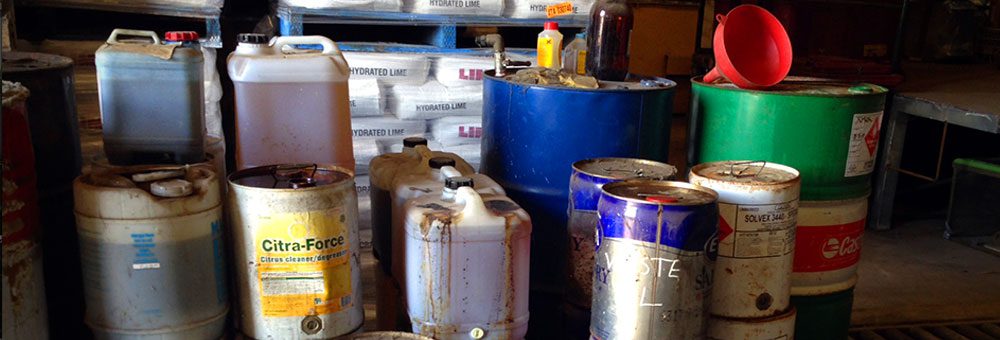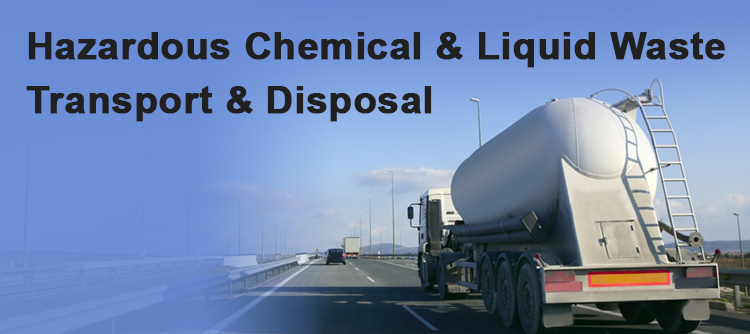Reliable Liquid Waste Disposal Melbourne: Safe and Effective Providers
Reliable Liquid Waste Disposal Melbourne: Safe and Effective Providers
Blog Article
Exactly How Liquid Waste Disposal Functions: An In-depth Summary of Methods and Technologies Employed

Introduction of Fluid Waste Kind
The complexity of liquid waste kinds requires a thorough understanding of their qualities and ramifications for disposal. Fluid waste can generally be classified right into a number of types, including industrial, municipal, farming, and unsafe waste. Each group shows unique buildings, calling for certain administration techniques to mitigate ecological and health and wellness dangers.
Industrial liquid waste stems from producing processes and frequently contains a series of pollutants, such as heavy steels, solvents, and organic compounds. Municipal fluid waste, mainly comprising wastewater from houses and industrial establishments, contains natural matter, nutrients, and virus (industrial wastewater treatment). Agricultural liquid waste, including drainage from farms, might include plant foods, pesticides, and pet waste, presenting risks to water top quality and communities
Hazardous liquid waste is identified by its toxicity, reactivity, or prospective to create harm. Understanding these diverse fluid waste kinds is crucial for establishing reliable disposal approaches and making sure conformity with environmental laws.
Physical Treatment Methods

Screening is the initial step, where bigger fragments and particles are gotten rid of from the fluid waste utilizing screens or grates. This process protects downstream equipment from damage and guarantees smoother operation. Following testing, sedimentation uses gravitational force to separate solids from liquids. In sedimentation containers, larger bits work out at the bottom, forming a sludge layer, while the cleared up liquid can be further dealt with.
Filtration is an additional crucial approach that includes passing the fluid with porous products, such as sand or membranes, to record smaller fragments. This step boosts the high quality of the liquid, making it ideal for subsequent therapy processes.

Chemical Therapy Methods
Chemical therapy techniques are crucial for efficiently managing liquid waste, specifically in dealing with liquified and colloidal contaminants that physical approaches may not adequately eliminate. These strategies use numerous chemical agents to reduce the effects of, speed up, or transform harmful materials into much less hazardous kinds.
One common technique is coagulation and flocculation, where chemicals such as alum or ferric chloride are included in advertise the aggregation of put on hold particles. This process improves sedimentation, permitting simpler removal of the resulting sludge. In addition, oxidation processes, utilizing representatives like chlorine or ozone, are utilized to damage down intricate natural compounds and microorganisms, providing the waste more secure for discharge or further treatment.
Neutralization is one more important technique, which readjusts the pH of acidic or alkaline waste streams to neutral degrees, protecting against prospective harm to downstream systems and the atmosphere. Moreover, progressed oxidation procedures (AOPs) utilize combinations of oxidants and ultraviolet light to deteriorate consistent contaminants, accomplishing a greater degree of therapy performance.
Organic Therapy Processes
Biological treatment processes play a critical duty in the monitoring of fluid waste by making use of microbes to decay natural issue and lower impurity levels. These processes can be extensively categorized into cardio and anaerobic therapies, each employing particular microbial communities to achieve reliable waste destruction.
Cardio treatment includes making use of oxygen to facilitate the breakdown of natural materials by bacteria. This process is frequently executed in activated sludge systems, where oygenation storage tanks offer a conducive environment for microbial development, causing the oxidation of organic toxins. The resultant biomass can be divided from treated effluent via sedimentation.
On the other hand, anaerobic treatment takes place in the lack of oxygen, depending on various germs to damage down natural matter. This approach is especially advantageous for high-strength waste, as it creates biogas, a renewable resource source, while reducing sludge manufacturing. Technologies such as anaerobic digesters are frequently utilized in community and commercial applications.
Both cardiovascular and anaerobic organic therapies not only decrease the environmental influence of liquid waste yet also promote resource healing, making them important elements of lasting waste administration methods. Their performance, effectiveness, and flexibility support their extensive execution throughout different fields.
Arising Technologies in Disposal
Innovative methods to liquid waste disposal are rapidly evolving, driven by developments in technology and an increasing emphasis on sustainability. Amongst these arising modern technologies, membrane layer bioreactors (MBRs) have actually gotten grip for useful reference their capability to incorporate biological therapy with membrane layer filtering, leading to top notch effluent that can be recycled in various applications. MBRs allow smaller sized impacts and more reliable operations compared to typical systems.
An additional appealing advancement is the use of anaerobic food digestion incorporated with nutrient healing technologies, which not only deals with fluid waste but additionally produces biogas and recovers important nutrients like nitrogen and phosphorus. This twin benefit enhances source effectiveness and decreases ecological effect.
Additionally, progressed oxidation processes (AOPs) are being adopted for the deterioration of complex natural pollutants. These approaches utilize effective oxidants and catalysts to damage down contaminants at the molecular degree, providing a very efficient remedy for tough waste streams.
In addition, the integration of fabricated intelligence and maker learning in waste monitoring systems is optimizing operational effectiveness and anticipating upkeep, resulting in minimized costs and improved environmental conformity. These innovations mirror a significant shift towards even more sustainable and efficient fluid waste disposal methods.
Verdict
In conclusion, effective liquid garbage disposal demands a detailed understanding of different methods and modern technologies. The integration of physical, chemical, and biological treatment techniques makes sure the effective monitoring of diverse waste types. Furthermore, the emergence of innovative technologies enhances treatment effectiveness and advertises sustainability in waste monitoring techniques. By continually progressing these methods, it comes to be feasible to resolve the expanding obstacles related to fluid waste, inevitably adding to environmental management and resource recovery.
Liquid waste disposal is a critical aspect of environmental administration, needing a thorough understanding of various techniques and technologies tailored to different waste types. Liquid waste can extensively be classified into a number of kinds, consisting of industrial, local, farming, and harmful waste. Agricultural fluid waste, consisting of drainage from ranches, might contain fertilizers, chemicals, and pet waste, posing threats to water top quality and environments.
Numerous physical therapy approaches play a critical duty in go taking care of use this link fluid waste successfully - industrial wastewater treatment.In final thought, efficient liquid waste disposal necessitates a comprehensive understanding of various strategies and modern technologies
Report this page